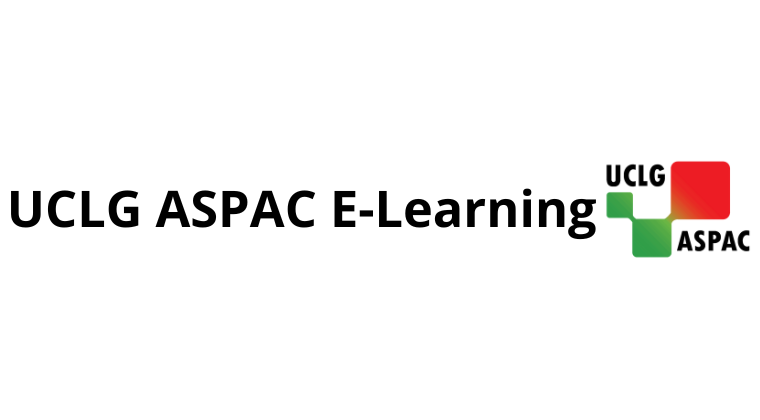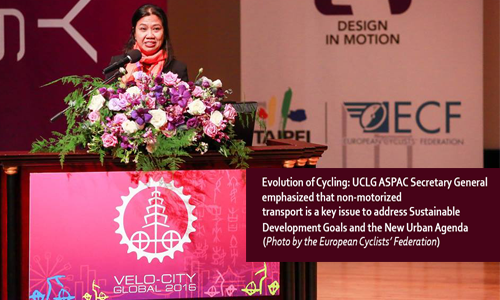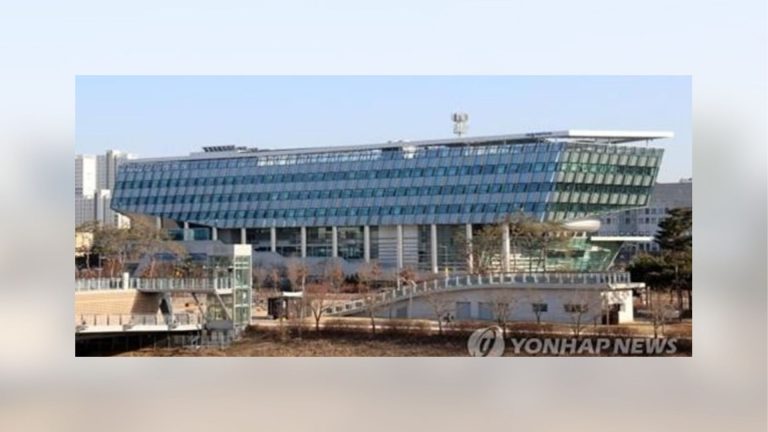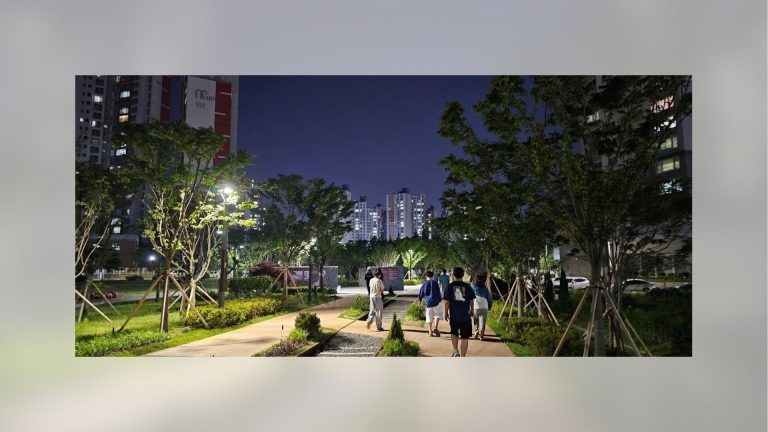CYCLING is becoming a symbol of urban culture and a new lifestyle of living for better health and environment. With transport being responsible for 24% of CO2 emissions, mobility without cars has become necessary in order to tackle climate change.
Under these premises, the 2016 Velo-city Global Conference, held in Taipei, from 27 February to 1 March 2016, brought together various development actors to influence decision makers, and improve the planning and provision of infrastructure for the daily use of the bicycle in an urban environment. Organized by the European Cyclists’ Federation (ECF) and the Taipei City Government as the host city, the Conference approaches five different aspects: urban transition, moving lifestyle, sustainable economy, sharing societies and design in motion.
Bringing together experts, representatives of associations, institutions, policy-makers and social agents, universities and companies, the Conference shared how collaborations between industry, civil society and administration can shape a cycling city.UCLG ASPAC Secretary General spoke during the Closing Plenary session, reminding that climate change had posed many and diverse challenges to the cycling world. One of them is the fact that the Asian population is growing extremely fast, but shared mobility fails to keep the pace.
“Non-motorized transport is a key issue to address Sustainable Development Goals. We need to makecities inclusive, safe and sustainable,” Secretary General said. “A new urban agenda will be decided in Quito, during the UN-Habitat Conference. It will be a great opportunity to show the importance of promoting cycling society in these processes,” she added.
She also reminded great challenges faced by developing countries. Not only that the countries have poor infrastructures and difficult economic conditions, they also face other big issues like bad air quality, adverse climate – like humidity and temperatures, as well as cultural barriers.
“The answer is in cooperation and connectivity: we need sharing societies, where best practices are exchanged between cities and public authorities, where infrastructural and institutional networks connect local realities,” Secretary General said. “LGs and cities need to be adaptable to new ways of working in order to improve sustainable development and practice. They must adapt and adopt those innovative solutions,” she concluded.











